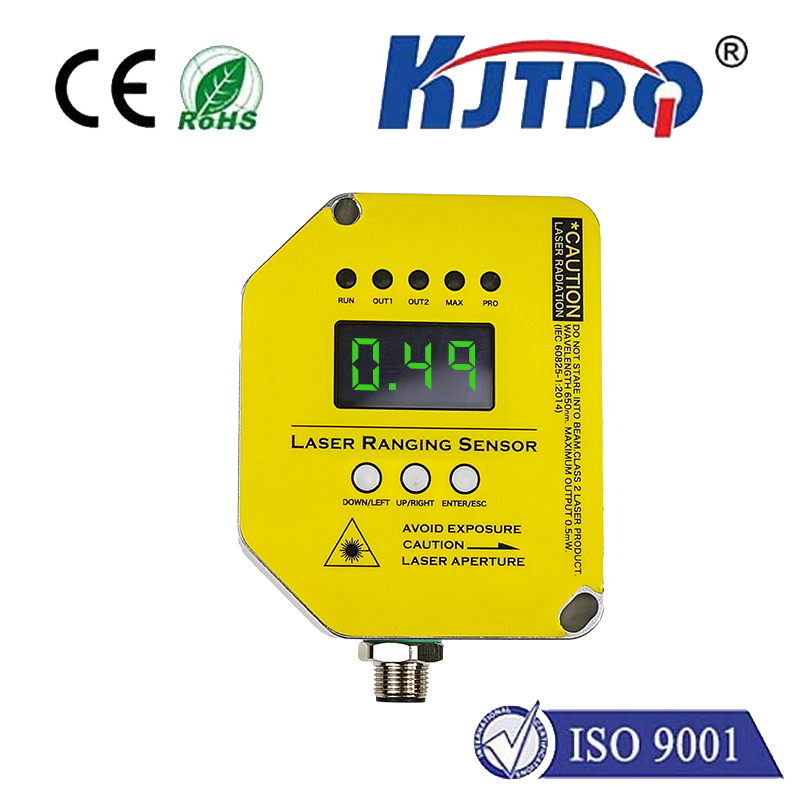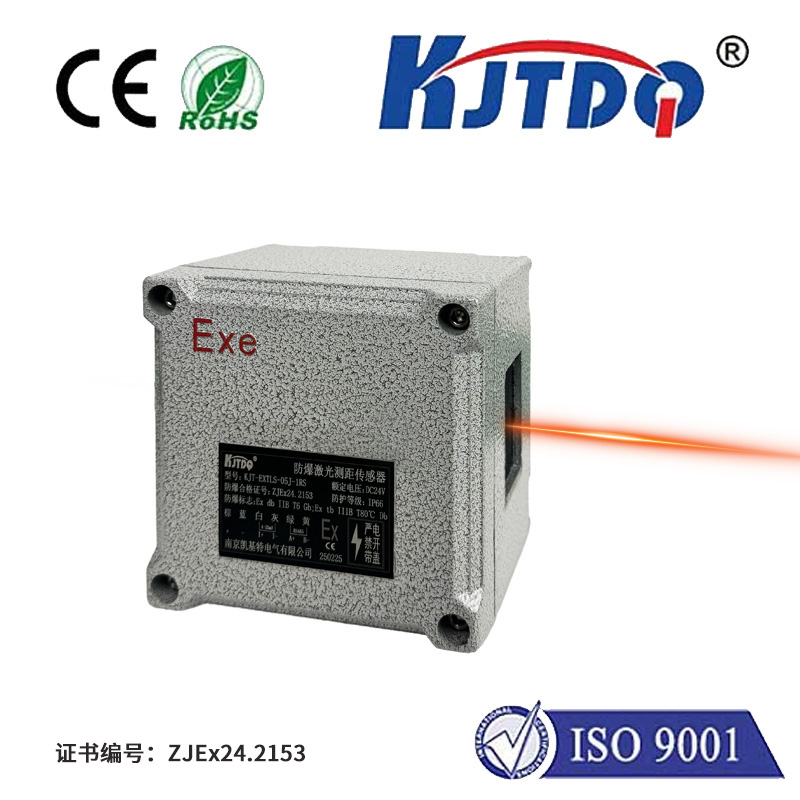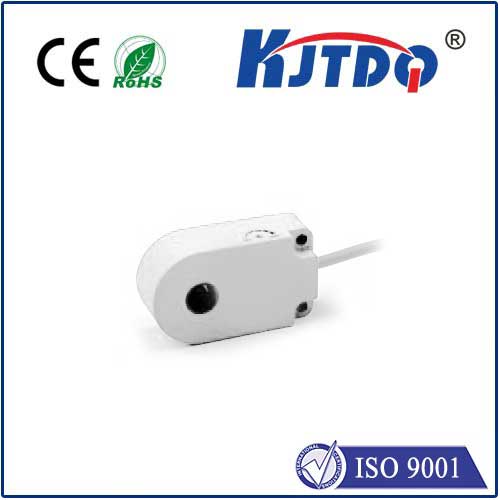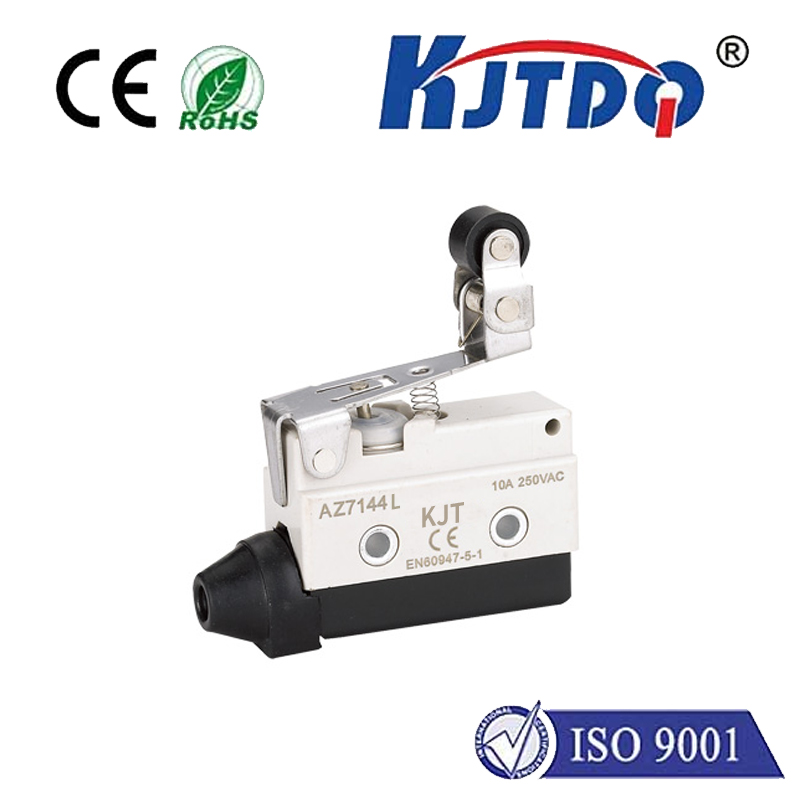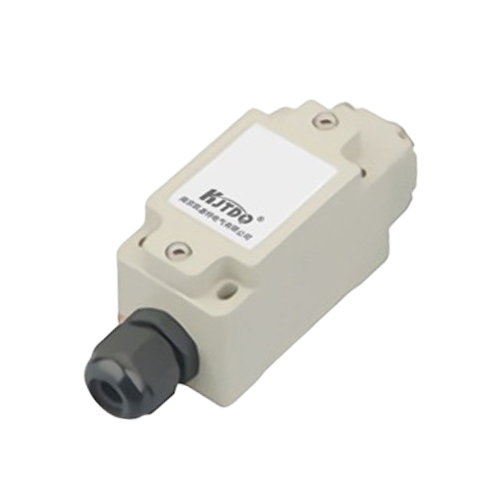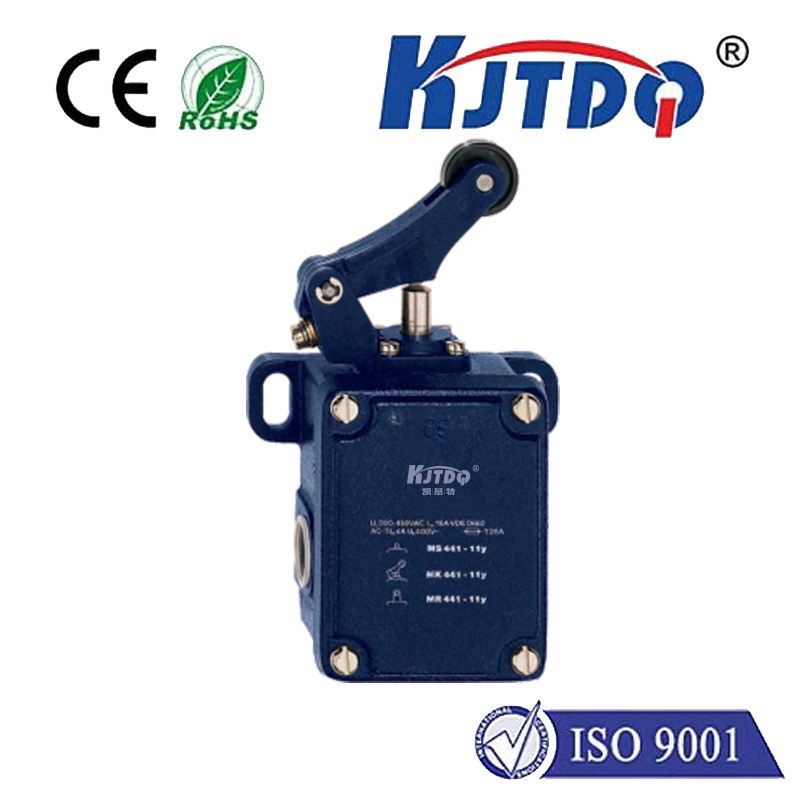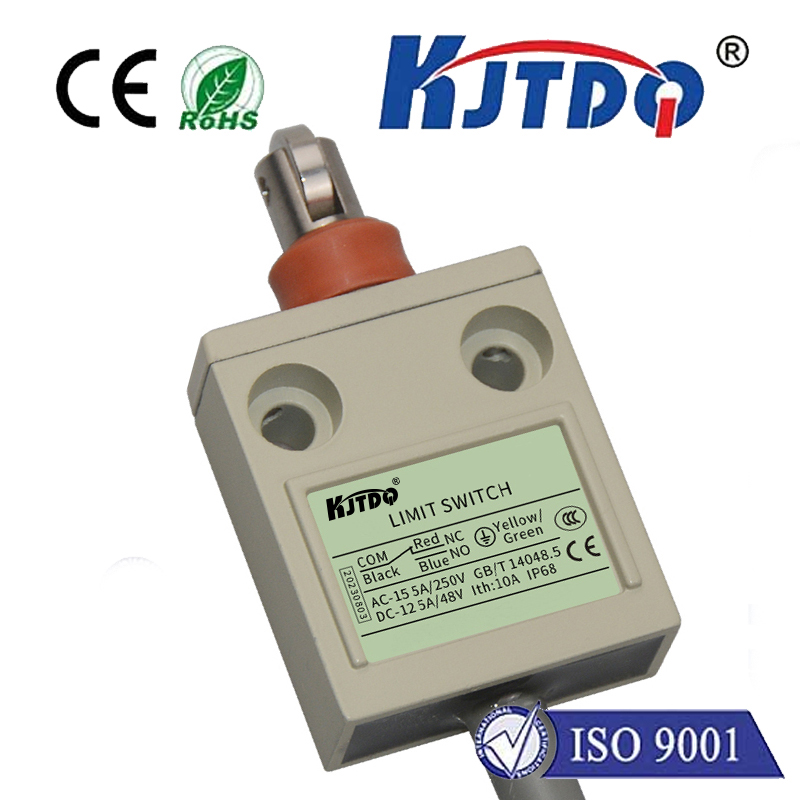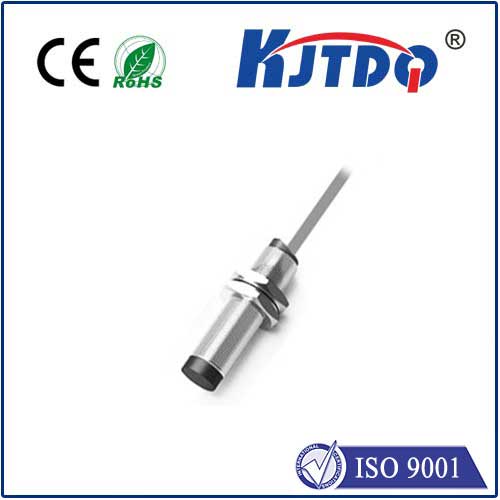

check

check

check

check
In today's digital age, technology has revolutionized almost every aspect of our lives. Among the myriad of innovations that have transformed the way we live, work, and communicate, capacitive and inductive sensors stand out as crucial components. These two types of sensors play a significant role in various fields such as automotive, aerospace, medical, and industrial automation, among others. This article will explore the functionalities and applications of capacitive and inductive sensors, shedding light on their importance in modern technology.
Capacitive sensors are devices that detect changes in electric charge caused by the presence or absence of an object. They work based on the principle that different materials have varying electrical properties. Capacitive sensors use this property to measure distances and determine the presence or absence of objects. One of the most common uses of capacitive sensors is in touch screens, which rely on these sensors to interpret user input. Other applications include proximity sensing, automated door systems, and fingerprint recognition.
Inductive sensors, on the other hand, detect magnetic fields and convert them into electrical signals. They work based on the principle that a changing magnetic field produces an alternating current (AC) in a coil of wire. Inductive sensors are widely used in industrial automation for detecting the presence or absence of ferromagnetic objects, tracking the position of machinery parts, and monitoring environmental conditions like temperature and humidity.
Both capacitive and inductive sensors offer numerous benefits compared to traditional mechanical switches. They are more accurate, reliable, and have higher sensitivity. Additionally, they can operate in hazardous environments with high levels of radiation or vibration without compromising performance. Moreover, they require less power than mechanical switches, making them more energy-efficient.
In conclusion, capacitive and inductive sensors play a critical role in modern technology. Their functionalities extend beyond their basic functions to enable advanced applications in various industries. As technology continues to evolve at a rapid pace, it is likely that capacitive and inductive sensors will become even more essential in enhancing efficiency, accuracy, and safety across multiple sectors.

